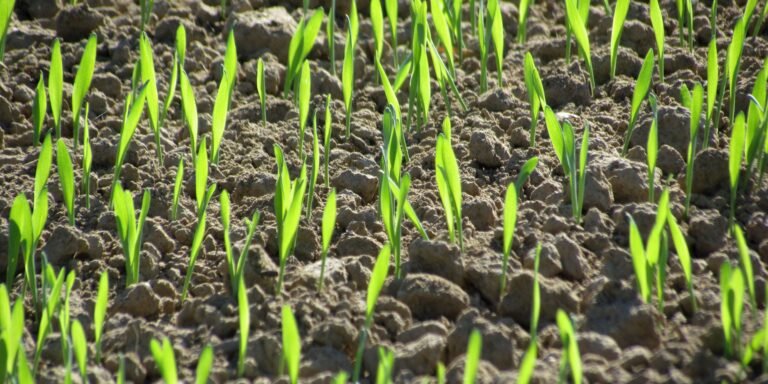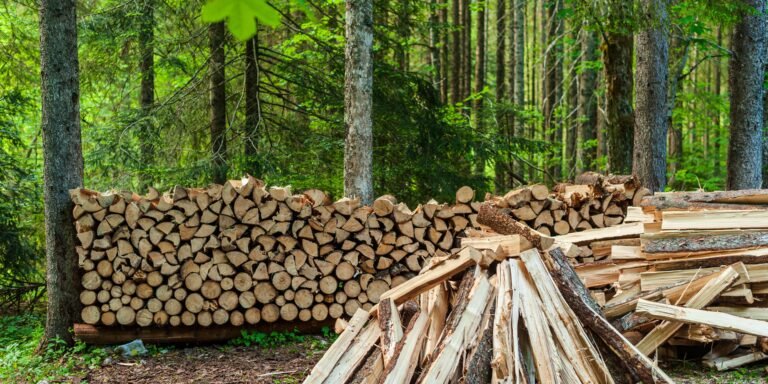Veggies That Grow Quickly and Can Be Harvested in a Month
This post may contain affiliate links, full disclosure here.
Perhaps you now have more area for a garden than you did previously. Maybe you now have more time to tend to your garden. Perhaps you’d like to know which plants provide the greatest food in the shortest length of time in these uncertain times.
With this list of eight fast-growing vegetables, we’ve got you covered no matter what your motivation is. When it comes to harvest seasons, keep in mind that a variety of factors come into play. These are some of the variables:
- Plants grow more swiftly in warmer months and more slowly in cooler months, depending on the climate.
- Many vegetables require at least six to eight hours of direct daily sunlight without being obstructed by trees, houses, shrubs, or fences.
- Soil Type – Moist, nutrient-rich soil is ideal for the plants on this list. Compost can be added to your soil or potting mix to give it a boost.
- Moisture — To provide your fast-growing plants the proper quantity of water without squandering this essential resource, consider soaker homes or a scheduled drip irrigation system.
- Plant Variety – Bush or dwarf kinds develop more quickly than varieties with larger root structures.
Now that you’ve considered those considerations, here’s a list of eight quick-to-grow vegetables that you can plant and harvest in about a month.
Veggies That Grow Quickly and Can Be Harvested in a Month
Radishes
Radishes are a great plant for kids and new gardeners because they take about 25 days to grow from seed to harvest. They’re also quite simple to grow.
Sow radish seeds thinly, about one inch apart, in a sunny location. Within three to five days, seedlings should emerge. Keep the soil moist and weed-free for three weeks, and you should be ready to harvest these wonderful root vegetables.
Baby Carrots
Baby carrots are fantastic for snacking and cooking, and they grow faster than full-sized carrots. Within a month of seeding, you should be able to harvest your young carrot crop.
Thinly sow your baby carrot seeds over the soil’s surface, then cover with a thin layer of soil before watering. Thin the seedlings to approximately an inch apart once they develop. Pull up one carrot after four weeks to see how big it is.
Because these plants thrive in containers, they can help you increase your growing space.
Arugula
Arugula is a terrific addition to soups and salads because of its spicy flavour and robust firmness. The best aspect is that from sowing to harvesting, the plant only takes approximately a month.
Arugula seeds should be planted about a quarter-inch deep and one inch apart in rows approximately 10 inches apart in full sun. In approximately a week, the seeds will germinate.
You can cut mature leaves after about a month to enjoy. You can enjoy a constant harvest if you sow new arugula seeds every few weeks.
Spinach
Spinach is an easy and quick-to-grow iron-rich addition to salads, stir-fries, quiches, pasta sauces, and other recipes. It only takes four to five weeks from seed to harvest.
Sow spinach seeds in rows about a foot apart, about one inch apart. Plant in broad sun or partial shade, and maintain the soil moist at all times. Depending on the season, you may be able to pick your spinach leaves multiple times.
Here’s how to do it. Individually cut the older leaves, leaving the younger inner leaves to flourish for a later harvest. If you snip the leaves about an inch above the base, the spinach plant will likely put out a new crop of leaves for you to collect and enjoy later.
Bok Choy
Bok choy, also known as Chinese cabbage, is another fast-growing vegetable you should try growing in your own garden. Within 30 days, baby bok choy grows and matures.
Plant seeds or seedlings a half-inch deep and one inch apart in a half-inch of soil. When your tiny bok choy plants are about two inches tall, thin them out. (Separate full-size plants by six inches.)
Bok choy should be grown in places that receive at least six hours of daily sunlight. Extreme heat and irregular watering might cause the plant to bolt, so be careful not to over-or under-water it.
Kale
Kale is a cold-hardy plant that may be grown all year in some climates. Kale can be grown in full sun or partial shade on wet, well-drained soil.
While some kale varieties take 45 to 55 days to mature from seed to harvest, baby kale only takes about 30 days. Plant seeds in your garden soil or a wide, shallow container about a half-inch deep and one-inch apart. When the baby kale has three pairs of leaves, it’s ready to harvest.
Green Onions
Green onions, often known as scallions, are immature onions that have not yet produced bulbs. Not only are these plants quick and easy to grow, but the entire plant — roots, stem, and all – is edible.
Use leftover store-bought green onions as starters for the quickest grow-to-harvest outcomes. Plant the white bulb about a half-inch deep in fresh soil after keeping three to four inches of it intact. Green stems should be ready to harvest in three weeks after the plant has been rejuvenated.
Green onions thrive in direct sunlight and soil that is somewhat damp but well-drained. Tip: Snip up to 70% of the green shoots and use them, leaving the bulb to continue to grow in the soil.
Beet
About a month after sowing, red beet plants produce nutritious greens that can be collected and eaten raw or cooked. The greens of the beet are significantly more nutritious than the roots!
Simply snip off a few leaves from each plant to ensure that the underground root production is not harmed. After about a month, you’ll be able to harvest the root.
Sow beet seeds a half-inch deep and one to two inches apart in rows about a foot apart in locations with at least six hours of direct sunlight every day. A thin coating of soil should be applied to the seeds.
After the greens reach about four inches in height, thin the young beet plants to three to four inches apart. The roots can now develop to their maximum size as a result of the thinning procedure.
If you extend the time between sowing and harvesting to 40 to 50 days, you can add a lot more vegetables to this list. Sowing and re-sowing various seeds at different times throughout the year, depending on the climate where you live, might result in a quick harvest throughout most of the year.
All gardeners look forward to spring planting after a long winter. However, now that you know how quickly some crops develop, you should think about starting and growing food for your family for the majority of the year.







